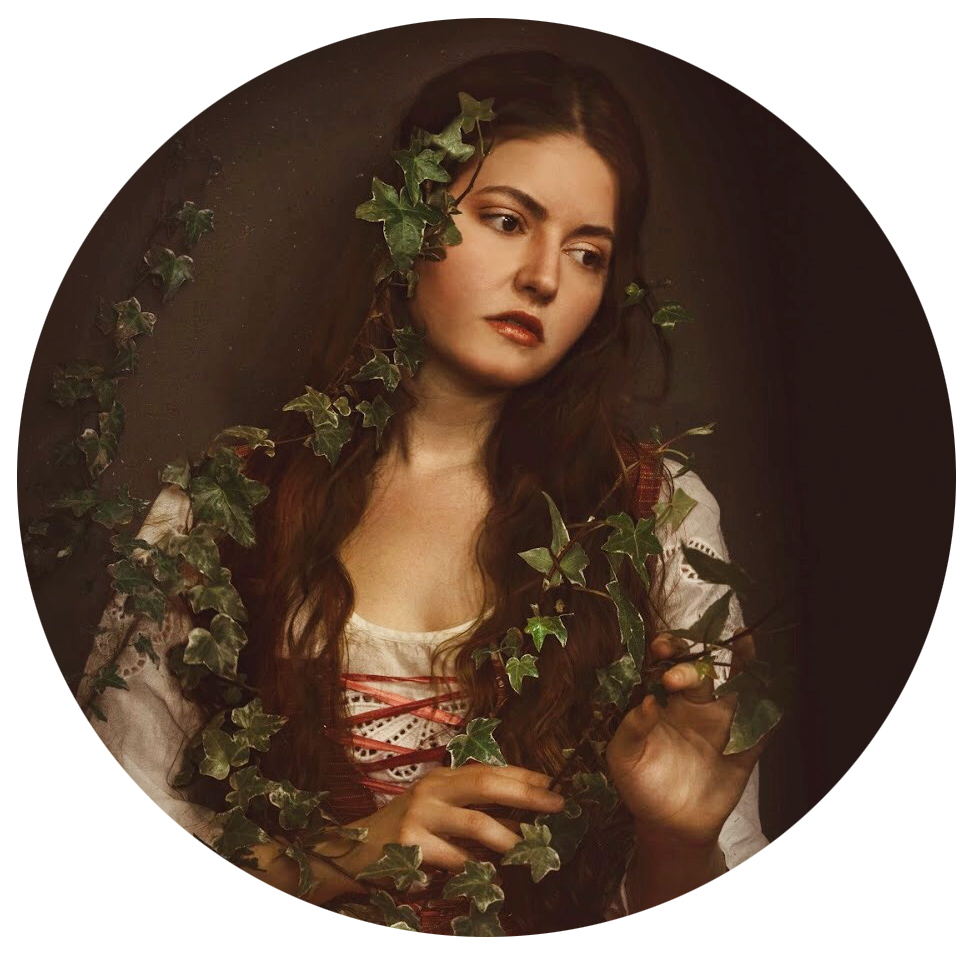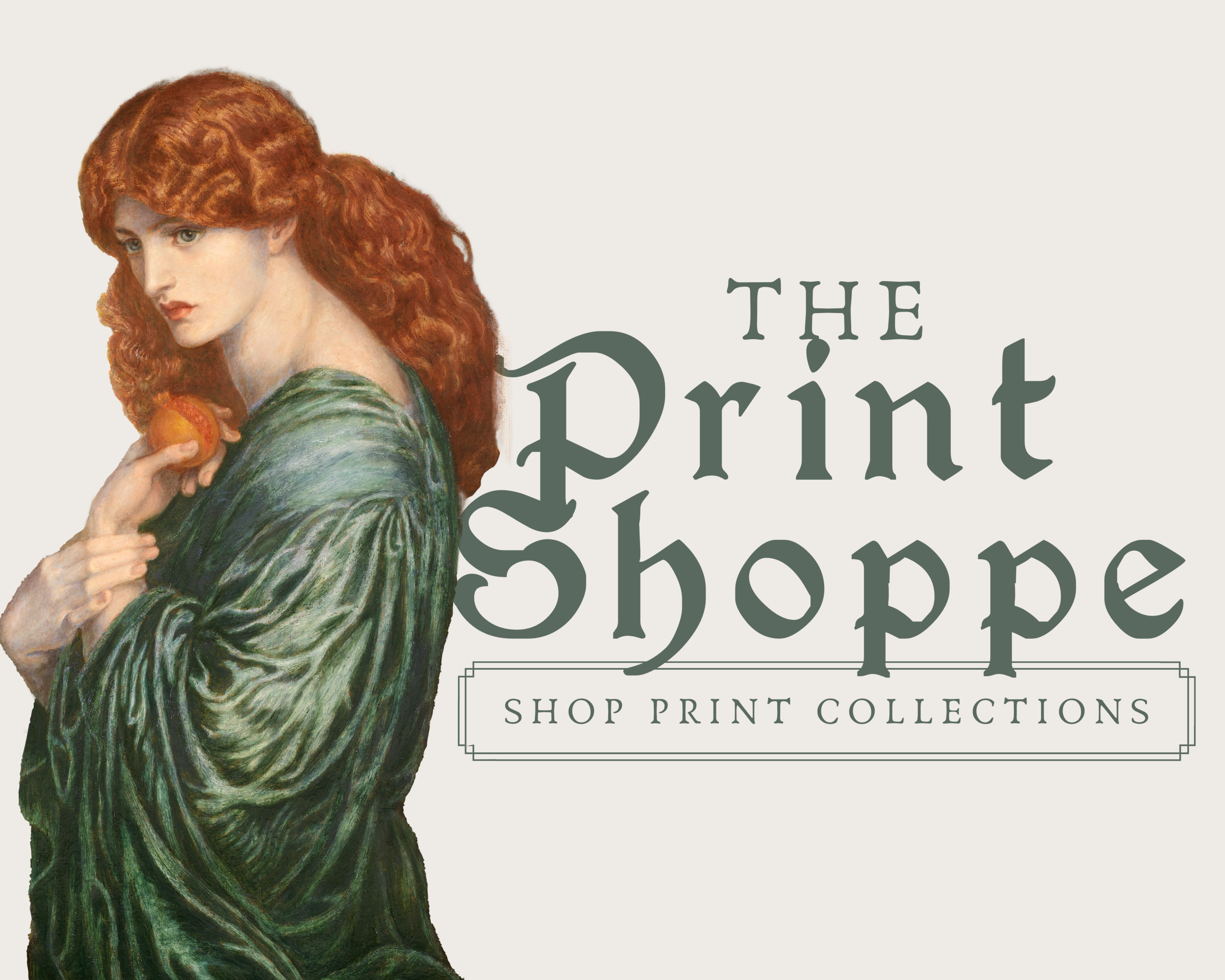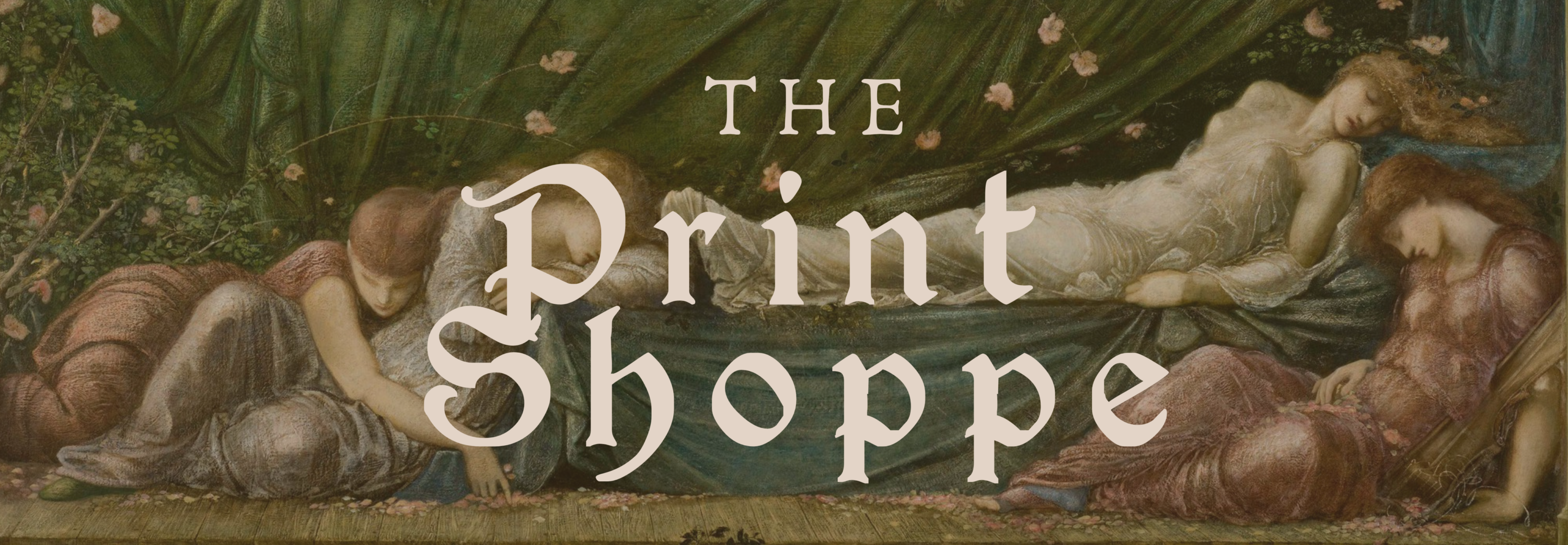
Girl with Lilacs by Edward Steichen, c. 1907
Autochrome; 18 x 12.9 cm. Alfred Stieglitz Collection, 1952.307

In 1903, the French brothers Auguste and Louis Lumière demonstrated how layers of potato starch dyed orange-red, green and violet over a glass plate and coated with silver bromide can produce a full-color photograph, a process that became known as autochrome. Though the invention of color film pushed autochrome to the wayside, the haunting ethereal quality is still undeniably unique and seemingly irreproducible. Thankfully, Edward Steichen was one of the few masters who experimented with this historical achievement and unforgiving process (as demonstrated in his autochrome above Girl with Lilacs). Below are some examples of the autochrome photographs by Edward Steichen. I can think of no better introduction to my photography history series, Pictorial Dreams.

by Edward Steichen. Autochrome; 15.9 x 11.9 cm (image/plate, sight)
Alfred Stieglitz Collection.

Edward Steichen. Autochrome; Alfred Stieglitz Collection, 1952.306

The Estate of Edward Steichen/Artists Rights Society. The Philadelphia Museum of Art.
In the video below, Dr. Anthony Bannon, Director of George Eastman House International Museum of Photography and Film presents Edward Steichen’s Autochromes in 1908.

R E F E R E N C E S
Autochrome. The Alfred Stieglitz Collection. Art Institute Chicago. https://archive.artic.edu/stieglitz/portfolio_page/clara-steichen-with-bowl-of-oranges-1907/
Philadelphia Museum of Art. https://www.philamuseum.org/search?q=autochrome








